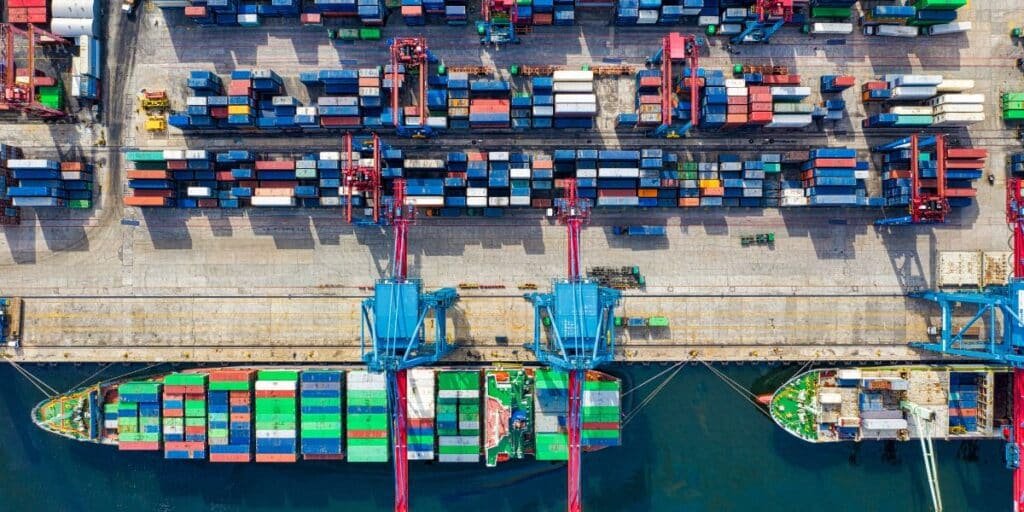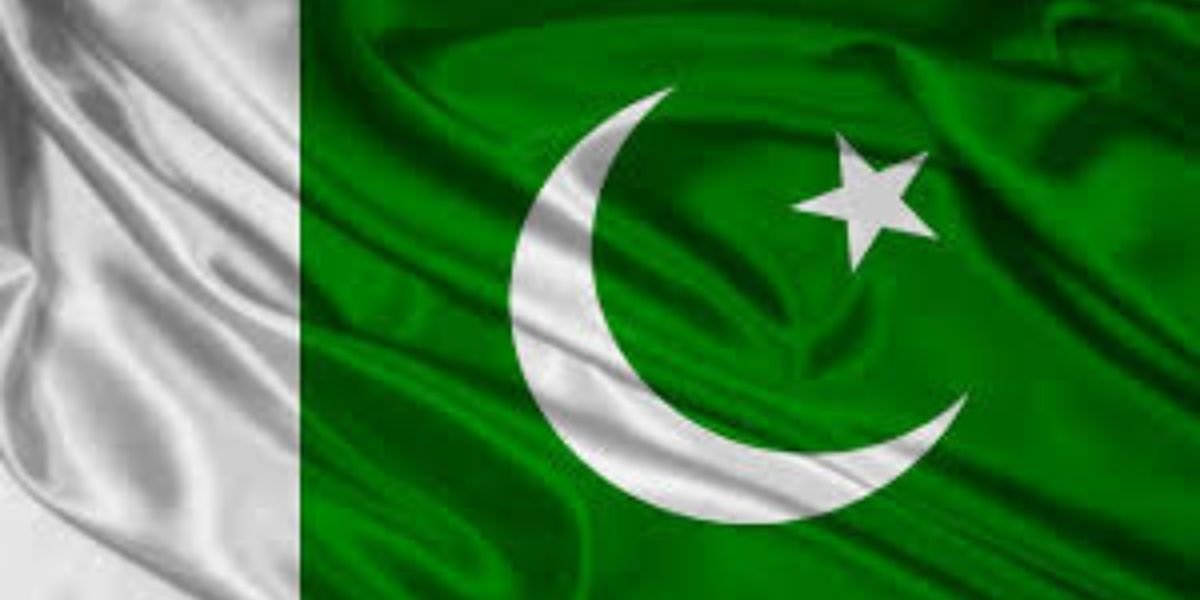WEBDESK: India’s economic warfare misfires, the representatives of Pakistan’s shipping industry say that India’s decision to deny access to vessels carrying Pakistani goods has failed to meaningfully disrupt the country’s external trade.
On May 2, India banned the ships that delivered goods to or originated in Pakistan or they had contracts to deliver goods in Pakistan and prohibited their entry to Indian ports or transit in Indian waters.
The transfer was made against the background of the short-lived military operation known as the Operation Sindoor, which was initiated on May 7, and eventually discontinued after four days because of the effective response of Pakistan.
Although India initially had intentions of causing damage to the cargo traffic within Pakistan, the effects were far less.
According to media reports, shipping companies quickly decoupled Pakistan-bound cargo from routes reliant on Indian ports, effectively bypassing the ban.
Importers acknowledge that the Indian restrictions have extended shipping durations and raised freight costs.
However, they also stress that India’s attempt to sabotage Pakistan’s logistics has largely failed.
Javed Balwani, President of the Karachi Chamber of Commerce and Industry, said, “Due to India’s move, mother vessels are no longer docking at Pakistani ports, causing delays of 30 to 50 days in our imports.”
He added that importers are now relying more heavily on feeder vessels, which has driven up logistics costs.
Although delays increase expenses, exporters report minimal overall impact on trade.
Some did note a rise in shipping and insurance costs in the aftermath of Indian aggression, but they emphasized that export volumes remain largely unaffected.
Aamir Aziz, a textile exporter, remarked that freight charges had already been rising prior to the ban, and the trend merely continued.
The export sector in Pakistan is very dependent on the imported inputs to add value.
Since the government has tight control on imports in order to save foreign reserves, any disturbance in the chain can implicate the economy at large.
Syed Tahir Hussain, Secretary General of the Pakistan Ship Agents Association, rejected claims that mother vessels had stopped coming to Pakistani ports altogether.
“You can see mother ships arriving at Karachi and Port Qasim,” he said. “Feeder vessels are more than sufficient to handle Pakistan’s trade volume, with a capacity of 6,000 to 8,000 containers, well above our current import and export levels.”
Formal trade between Pakistan and India has been suspended since 2019. Bilateral trade fell from $2.41 billion in 2018 to $1.2 billion in 2024.
Pakistan’s exports to India dropped sharply from $547.5 million in 2019 to just $480,000 in 2024.
Nevertheless, unofficial trade is thriving. Al Jazeera, citing the India-based Global Trade Research Initiative (GTRI), recently reported that India’s unofficial exports to Pakistan may total as much as $10 billion annually.
This parallel trade operates through alternative channels, with Dubai (UAE), Colombo (Sri Lanka), and Singapore acting as key transit hubs.
India sends pharmaceuticals, petroleum products, plastics, rubber, organic chemicals, dyes, vegetables, spices, coffee, tea, dairy products, and grains as the main export to Pakistan.
In the meantime, Pakistan exports to India copper, glassware, organic chemicals, sulphur, fruits, nuts and oilseeds.





